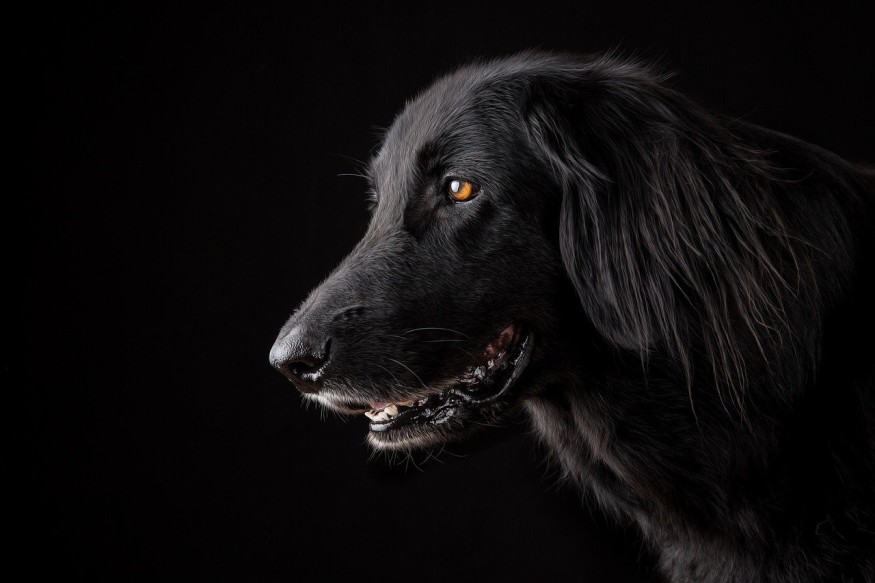
Oral hygiene and oral health are essential in keeping your dog healthy. Issues with gums and teeth can rapidly progress into systemic health problems. When a dog has a tooth or gum infection, an immune response is triggered. While it is helpful in killing bacteria, it also ends up in tissue destruction, which has very harmful consequences. Dogs are good in hiding pain, and neglecting their teeth can harm their livelihood. Paying attention to issues with oral health is very important. Discuss any concerns with your vet.
Preventive Measures
It is estimated that most dogs will experience periodontal disease at one point in their lives. Periodontal disease has four stages, from early to advanced, and causes bleeding of the gums and tooth loss. It is also the most common oral health problem in dogs. When periodontal disease is diagnosed early, treatment is a lot easier. A yearly visit to the vet is recommended for early diagnosis.
Preventing periodontal disease is easy. The most important factors are hygiene and proper nutrition. Brushing your dog's teeth at least once a day prevents the formation of harmful plaque and calculus that derive into gingivitis (gum inflammation) and periodontal disease. You can also choose to use a dental formula to strengthen your dog's teeth and gums.
Important symptoms of periodontal disease include:
Changes in eating patterns: usually, the dog may eat less or stop eating altogether. Most dogs have strong appetites, so a dog that is not eating is likely sick.
Mood changes: if your dog becomes suddenly aggressive, seems sad or sleeps a lot, there might be an underlying issue
Bad breath: is the most common and easy to spot symptom of oral health issues including periodontal disease. While most dogs experience short periods of bad breath, if your dog has permanent bad breath, you should call your vet
Difficulty eating: if you have reasons to believe that your dog is experiencing some type of oral disease, observe how they eat. If they seem to be in pain, chew only on one side or avoid harder foods, there is a problem
Excessive Drooling: while most dogs drool normally, excessive drooling is usually caused by pain in the mouth.
Health Hazards related to Oral Disease
Bacteremia: is an infection in which bacteria from the mouth enter the bloodstream and cause infection elsewhere.
Heart Disease
Periodontal Disease has been linked to an array of cardiopulmonary diseases such as endocarditis (heart inflammation)
Diabetic Complications
Diabetes is worsened in dogs with periodontal disease, as inflammation and infection affect blood-sugar metabolism.
A Broken Jaw
As the immune response is triggered by dental disease, bone tissue is weakened. This can easily lead to a broken jaw. This problem is especially recurrent in smaller breeds with big teeth, and it is extremely painful. Fractures can happen even after teeth are removed.
Pain and Anxiety
Untreated dental disease is very painful and can cause behavior problems and even aggression.
Comprehensive Exams
If your dog is showing signs of oral disease, a physical exam is the first step to determine the damage. Your vet may also ask for x-rays in order to understand how bone structures and teeth have been affected.
Before Adopting or Buying a Dog
If you have just adopted a dog, it is crucial to visit the vet as soon as possible. Some fostered dogs may have been victims of abuse and neglect and will require immediate treatment. While there are countless benefits of having a dog, they are an important responsibility. Dogs need attention, proper exercise and good nutrition. If any of these elements is missing, they will develop important health conditions. Before choosing to adopt or buy a dog, research breed characteristics, genetic problems and most common health problems. Consider your lifestyle and what you are willing to sacrifice. If you are not a very active person, it may be better to choose a smaller breed that can thrive indoors. Bigger dogs require more space to run and stretch, and their diets may also be financial burdens.
© 2025 NatureWorldNews.com All rights reserved. Do not reproduce without permission.





